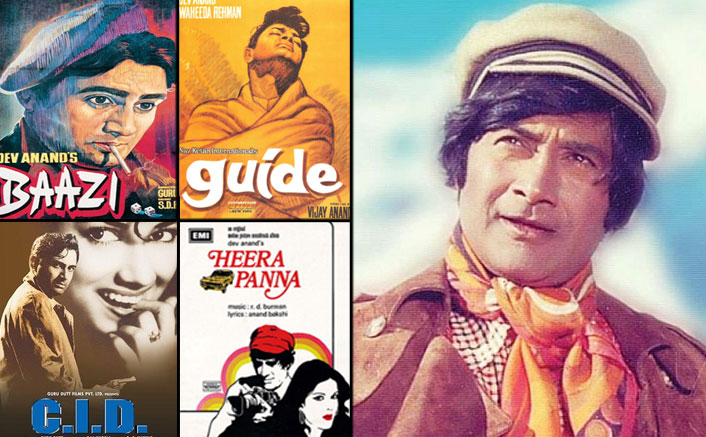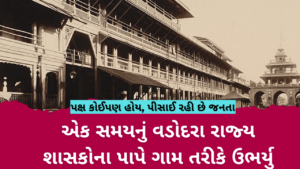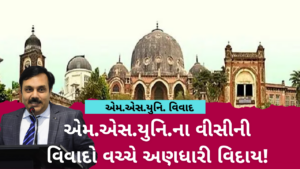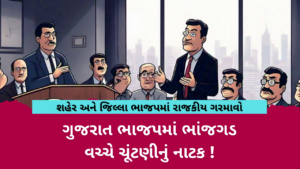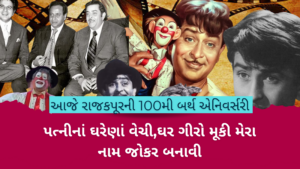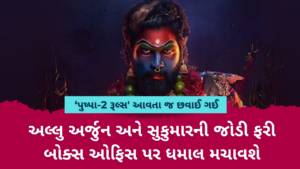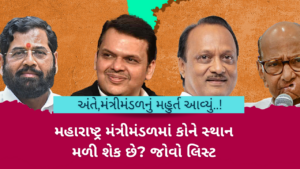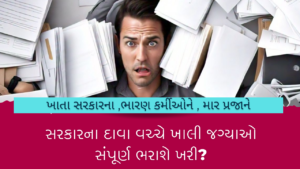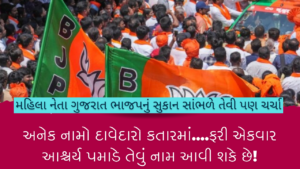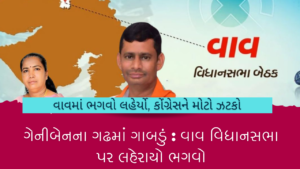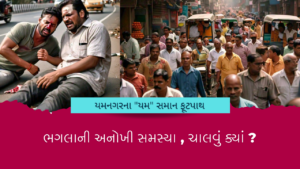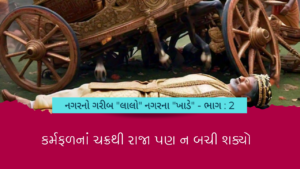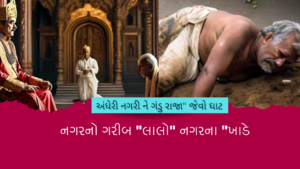Donning a beret cap, perfected head nod and a comforting scarf, he sings, “पन्ना की तमन्ना है के हीरा मुझे मिल जाए”, but little did he know that he himself was a gem. Dev Anand’s prestige as the modern Indian was equally as important as his sense of style and elegance, acting talent, or his roles in notable movies.
“Cinema is the most magical invention of the century,” confesses the superstar.
His Early Days
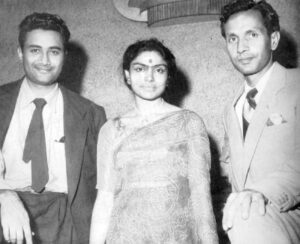
Off-screen, Dev Anand adopted the identity of the modern Indian shaped by the new state of India. He was born Dharamdev Pishorimal Anand, and his autobiography has been published. He was raised in Lahore before Partition and was born in Gurdaspur to an educated Punjabi Khatri family. He studied English literature there. In his fashionable phrase, he talked with a very distinct, slightly British accent. His brothers had a similar background with him, including the Sahnis and the Chopras. As with Bhisham, Balraj Sahni, B.R. and Yash Chopra, Dev Anand was influenced by and collaborated with Chetan Anand and Vijay Anand.
Becoming the Urban Hero
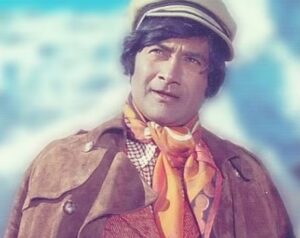 Dev frequently made cameo appearances in several movies as himself, sporting his trademark hairstyle and chic western wear, including a jacket and pants that were sometimes accessorised with a casually wrapped scarf. He portrayed a broad range of parts convincingly while having an appearance that was frequently identical and well-suited to an urban and urbane hero. Despite his good looks, he was rarely just a romantic star, often having an edge to him or even clearly negative shades, playing complex characters who were rarely all bad or all good.
Dev frequently made cameo appearances in several movies as himself, sporting his trademark hairstyle and chic western wear, including a jacket and pants that were sometimes accessorised with a casually wrapped scarf. He portrayed a broad range of parts convincingly while having an appearance that was frequently identical and well-suited to an urban and urbane hero. Despite his good looks, he was rarely just a romantic star, often having an edge to him or even clearly negative shades, playing complex characters who were rarely all bad or all good.
He was a modern, mobile Indian who was at home both domestically and abroad. His movies frequently referenced his modern sensibility and desire to present forthcoming news. The Bollywood superstar frequently claimed that his films reflected his worldview and hence dealt with socially relevant topics.
The ‘Bombay Noir’

Dev Anand appeared in a number of films in the 1950s that helped establish the ‘Bombay Noir’ aesthetic, lending a certain gritty quality to the depiction of Bombay’s underworld or low life, which is mostly shown at night but still appears glitzy and alluring with dangerous and seductive women, frequently vamps performing in nightclubs. Cars, weapons, and phones are frequently used in these criminal dramas, as shown in the stunning ‘CID’ opening scenes. The majority of these films were produced by Navketan Films.
Many of his films were ahead of time for both him and others as early adolescent viewers. But one would always mimick Dev Anand’s leaning-tower stride and mannerism or hum his songs while riding back home.
A Man of Immense Courage
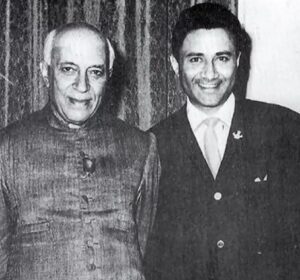 A colourful anti-hero who inspired the audience to be optimistic appeared at a period when Hindi cinema performers were grieving over heartache and fighting to uphold Nehruvian ideals on the big screen. Dev Anand straddled the line between the good and the bad, old and modern, sometimes as a rakish taxi driver and other times as a debonair con artist looking for redemption. He did it while wearing a hat placed precariously on puffy hair, a smile on his face and a song on his lips.
A colourful anti-hero who inspired the audience to be optimistic appeared at a period when Hindi cinema performers were grieving over heartache and fighting to uphold Nehruvian ideals on the big screen. Dev Anand straddled the line between the good and the bad, old and modern, sometimes as a rakish taxi driver and other times as a debonair con artist looking for redemption. He did it while wearing a hat placed precariously on puffy hair, a smile on his face and a song on his lips.
Few remember him as a man of immense courage. During the emergency imposed by Indira Gandhi, when the cost of speaking out was immediate imprisonment, Dev Anand took to the streets to rally people to stand up against the emergency and defied Indira Gandhi.
Bold Stand for Cinema
When filmmakers faced criticism for showing content that could ‘harm the society’, Dev Anand wrote an article (published in Filmfare, 1960) replying to the charges leveled against them…
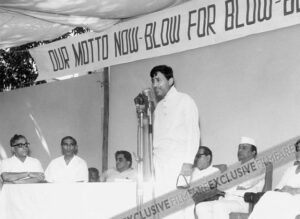
“.. The man in the street does not go to a cinema to get educated. He goes to a school for that. And he sees films because they can make him forget hardship. Filmmakers and film artistes are not educators and teachers. They are concerned with the law of supply and demand. They exist to supply entertainment. Like any other industry, the film industry must sell its products and keep up the supply.”
The cinema is primarily a business of glamour and of mass entertainment. It is the only means of entertainment which our millions can afford and with which they can forget their worries. It is entertainment for those who cannot spend to go to concerts or see cabaret. It is not to say that one can misuse the films. Nobody could present something that harms the society and expect to go scot-free. Not even the most popular artistes.
“..In democratic countries people enjoy the things they wish to enjoy. Within limits, of course.
The right to choose one’s entertainment is conceded to all.”

